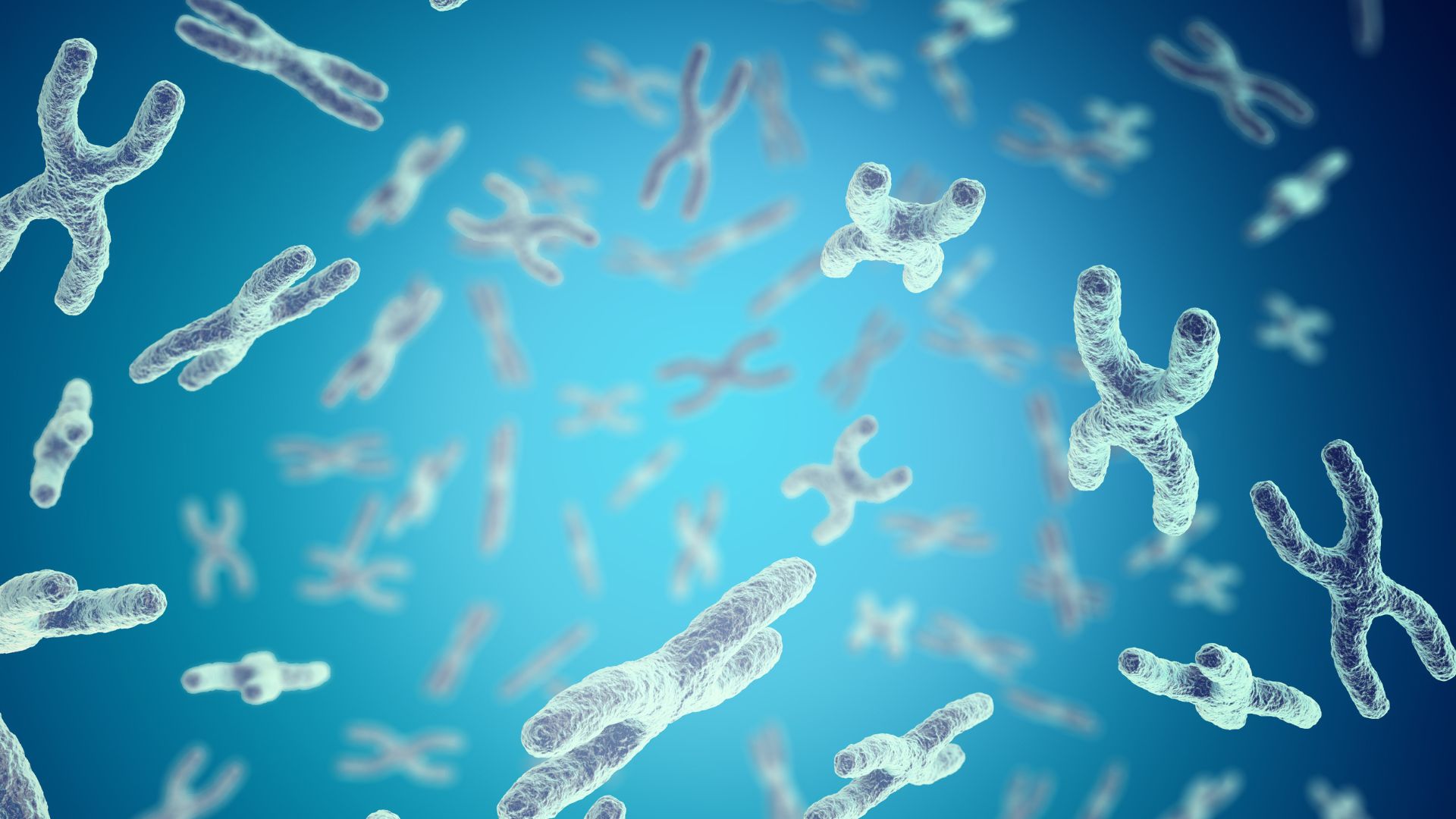A team based in Bern emphasize the importance of aggressive cells’ development in healthy tissues, opening the way for potential new treatments.
Researchers supported by the Swiss National Science Foundation have discovered how aggressive cells can invade healthy tissue in the early stages of tumor development. This breakthrough opens a new way to attack cancer at its beginning.
When healthy cells of the body are beyond the control of their peers, they can cause tumor formation and eventually lead to cancer. Scientists are trying to understand exactly how the cells manage to emancipate themselves from this surveillance.
The team of Eduardo Moreno, professor at the Institute of Cell Biology of the University of Bern, has discovered that a mechanism normally implemented during the early formation of the embryo could participate in the early phases of the development of tumors in adults.
The role of Myc gene
As part of their project, the researchers filmed under the microscope during several hours developing cells of pupae Drosophila. These genetically altered fruit flies carried a gene called Myc known for his oncogene role and it had been artificially activated.
By itself, this gene proved sufficient to induce abnormal cells to proliferate, to intrude among the healthy cells and eliminate them to take their place. The observed process is a mechanism of invasion of unexpected tissue that occurs in the first stage of development of tumor diseases.
A model applicable to most cancers
“The activation of this gene gave to the cells special mechanical properties that helped them to mingle with healthy cells, to circle them, and finally to more effectively eliminate them” says Romain Levayer, first author of the study.
“If it was known that this invasion mechanism is activated during embryonic development, when cells are reorganizing to change body shape, we have shown that they are able to use the same program to invade healthy tissue,”says group leader Eduardo Moreno.
The famous military strategy “Divide and conquer” is the formula used by researchers to describe the behavior of these aggressive cells.
Develop new strategies
The mechanism highlighted, which differs from the invasion of metastatic mechanisms observed in the later stages of tumor development, could explain how tumors associated with most types of cancer appear.
“We studied this phenomenon on pupae of fruit flies, we had chosen to model because their genes can be easily modified. Since pupae do not move and they are transparent, it is also easy to observe under the microscope “continues Eduardo Moreno.
Nearly 90 percent of cancers are formed in epithelial tissues similar to those filmed in pupae: colon, skin and mammary glands. The deregulated Myc gene is that which is most often found in tumors. This newly identified mechanism could therefore apply to the majority of cancers and help scientists to develop new strategies to prevent tumors from their training, before the tissues have substantially damaged.
(ats/Newsnet)








